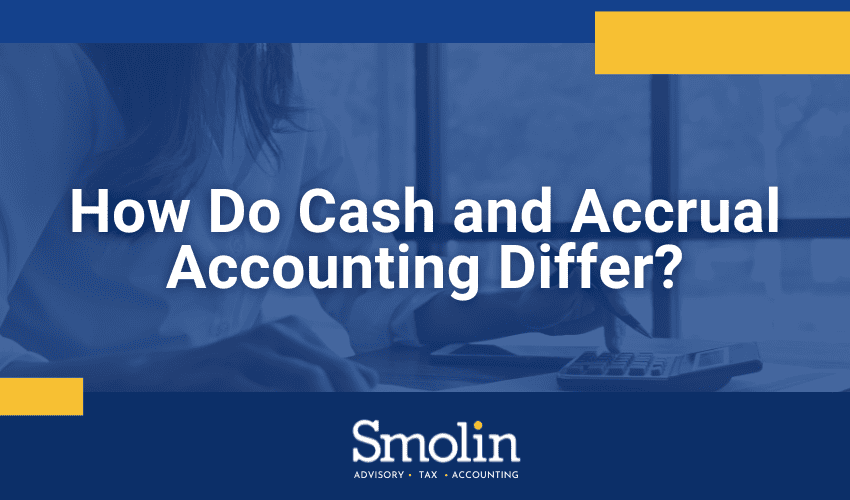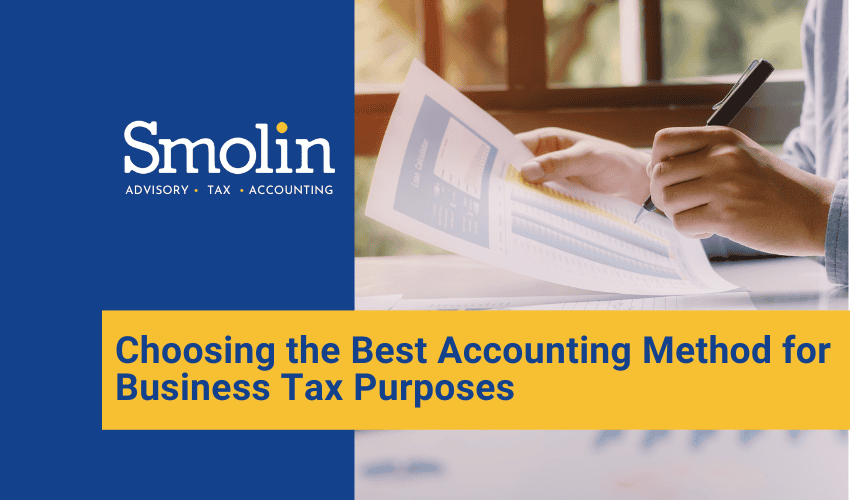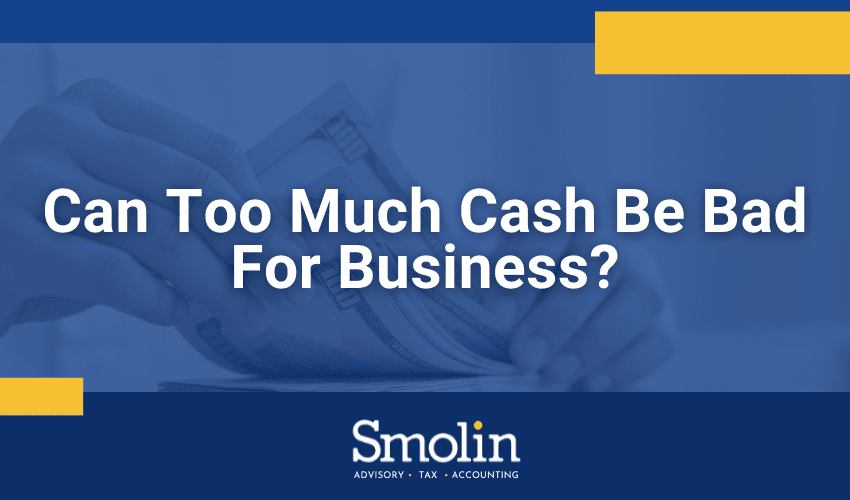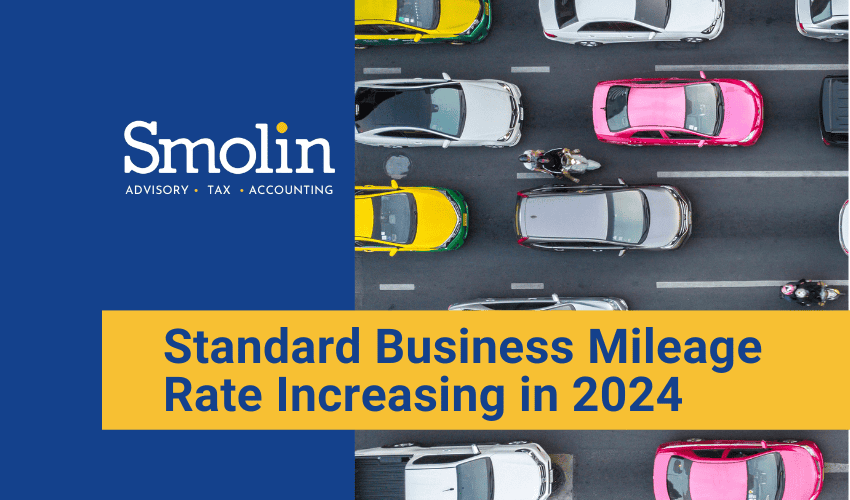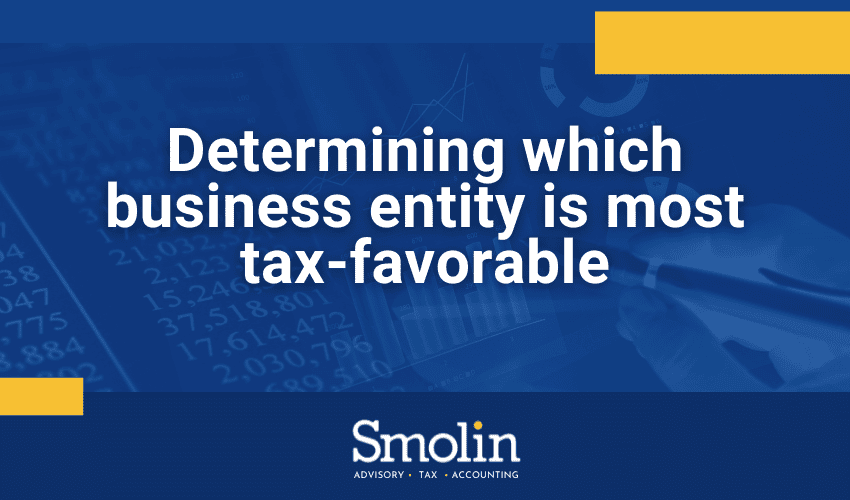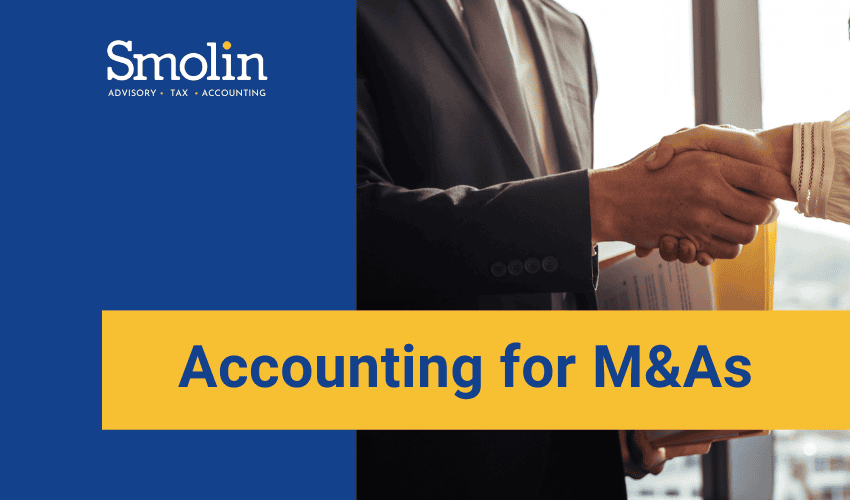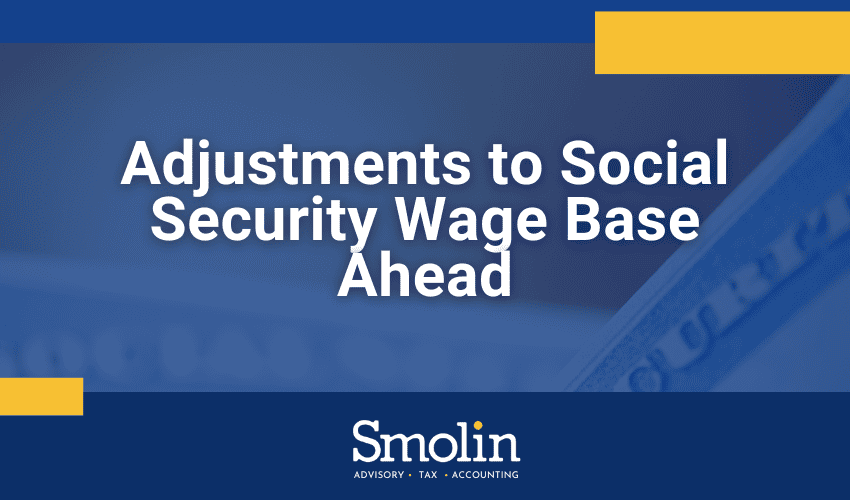Financial statements play a key role in maintaining the financial health of your business. Not only do year-end and interim statements help you make more informed business decisions, but they’re also often non-negotiable when working with investors, franchisors, and lenders.
So, which accounting method should you use to maintain these all-important financial records—cash or accrual?
Let’s take a look at the pros and cons of each method.
Cash basis accounting
Small businesses and sole proprietors often choose to use the cash-basis accounting method because it’s fairly straightforward. (Though, some other types of entities also use this method for tax-planning opportunities.)
With cash basis accounting, transactions are immediately recorded when cash changes hands. In other words, revenue is acknowledged when payment is received, and expenses are recorded when they’re paid.
The IRS places limitations on which types of businesses can use cash accounting for tax purposes. Larger, complex businesses can’t use it for federal income tax purposes. Eligible small businesses must be able to provide three prior tax years’ annual gross receipts, equal to or less than an inflation-adjusted threshold of $25 million. In 2024, the inflation-adjusted threshold is $30 million.
While it certainly has its pros, there are some drawbacks to cash-basis accounting. For starters, revenue earned isn’t necessarily matched with expenses incurred in a given accounting period. This can make it challenging to determine how well your business has performed against competitors over time and create unforeseen challenges with tracking accounts receivable and payable.
Accrual basis accounting
The United States. Generally Accepted Accounting Principles (GAAP) require accrual-basis accounting. As a result, a majority of large and mid-sized U.S. businesses use this method.
Under this method, expenses are accounted for when they’re incurred, and revenue when it’s earned. Revenue and its related expenses are recorded in the same accounting period, which can help reduce significant fluctuations in profitability, at least on paper, over time.
Revenue that hasn’t been received yet is tracked on the balance sheet as accounts receivable, as are expenses that aren’t paid yet. These are called accounts payable or accrued liabilities.
With this in mind, complex-sounding line items might appear, like work-in-progress inventory, contingent liabilities, and prepaid assets.
As you can see, the accrual accounting method is a bit more complicated than cash accounting. However, it’s often preferred by stakeholders since it offers a real-time picture of your company’s financial health. In addition, accrual accounting supports informed decision-making and benchmarking results from period to period. It also makes it simpler to compare your profitability against other competitors.
For eligible businesses, accrual accounting also offers some tax benefits, like the ability to:
- Defer income on certain advance payments
- Deduct year-end bonuses paid within the first 2.5 months of the following tax year
There are downsides, too.
In the event that an accrual basis business reports taxable income prior to receiving cash payments, hardships can arise, especially if the business lacks sufficient cash reserves to address its tax obligations. Choosing the right method? Smolin can help!
Each accounting method has pros and cons worth considering. Contact your Smolin accountant to explore your options and evaluate whether your business might benefit from making a switch.
